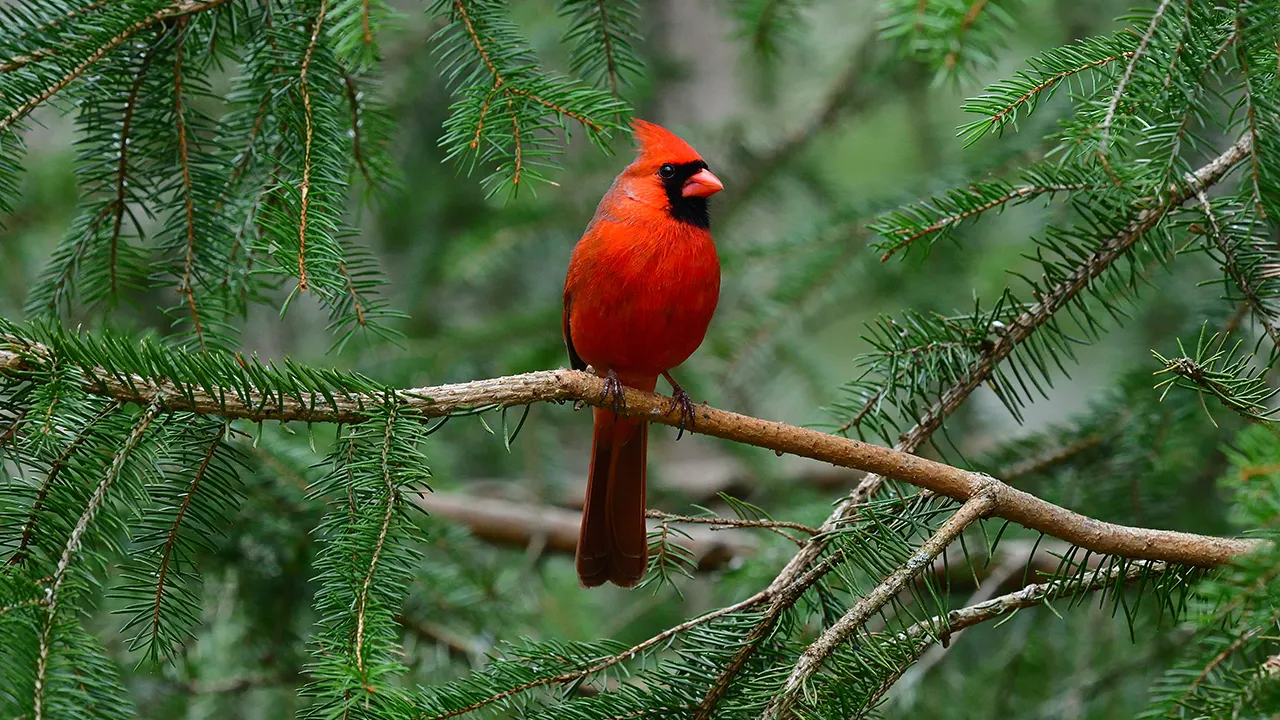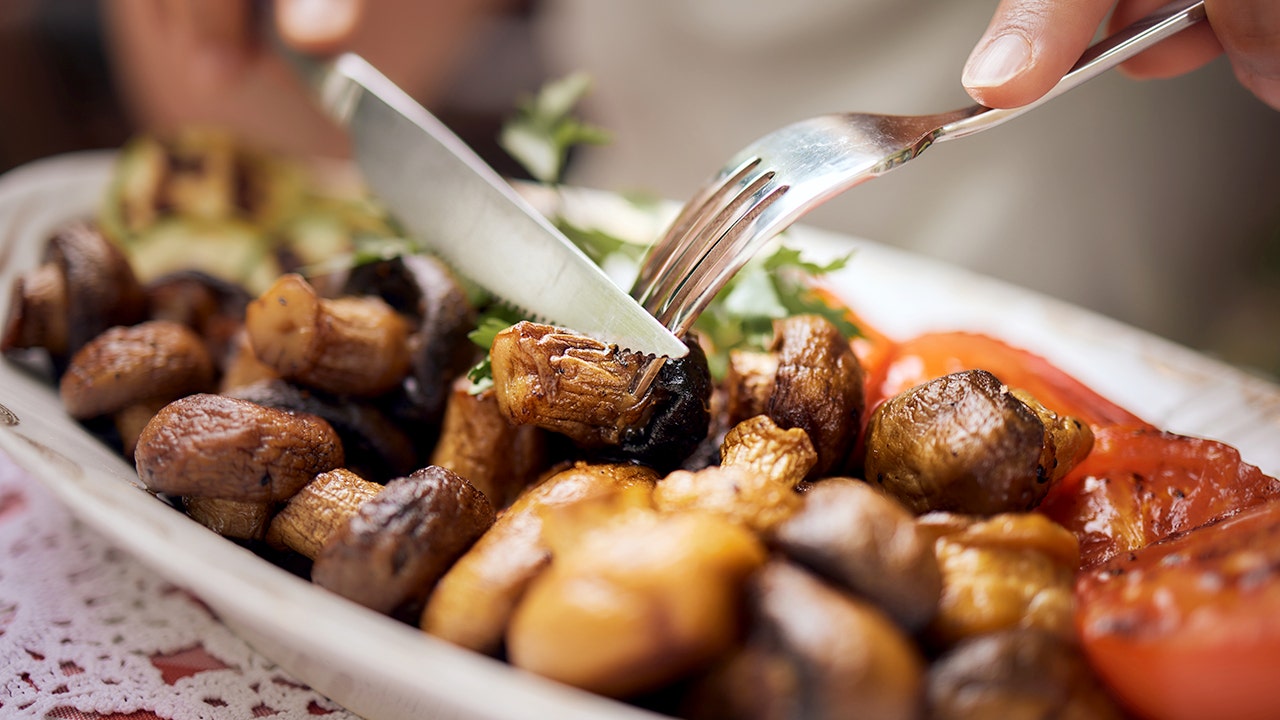“Nature’s Ozempic” may sound too good to be true.
But a recent scientific review of research found that certain plant sources can replicate the effects of GLP-1, the naturally occurring gut hormone that Ozempic and sister drugs mimic.
“GLP-1 plays a crucial role in maintaining stable blood sugar levels,” researchers at Heliopolis University in Egypt wrote in Toxicology Reports.
“Natural products may modulate GLP-1 expression and secretion, according to some data.”
Five foods may come closest to mirroring the seemingly miraculous Ozempic, which reduces hunger and cravings.
And a couple are likely to pop up in your holiday cooking.
Cinnamon
“Cinnamon is a popular cooking spice that may have therapeutic uses as well, such as lowering blood sugar and blood pressure levels,” the Heliopolis researchers wrote.
“Isolated cinnamon components enhance insulin-dependent glucose metabolism, according to in vitro research.”

One study found that consuming a 3-gram dose of the popular winter spice can increase GLP-1 levels in healthy people. But buyer beware, too much cinnamon can be toxic.
Ginger
“New research suggests that ginger and its chemical constituent gingerol may induce GLP-1 production, which in turn has a hypoglycemic impact, explaining why ginger has long been prescribed to diabetic patients,” the Heliopolis scientists said.
Wheat
Wheat protein hydrolysate, derived from wheat and rich in amino acids and peptides, is believed to lower blood glucose concentration by increasing the release of GLP-1.
Fermented green tea
Beverages like Kombucha are made by fermenting tea with a culture of bacteria and yeast.
Some studies suggest that compounds in green tea, particularly EGCG, can stimulate GLP-1 release.
Berberine
A little-known substance found in a variety of plants, berberine may be the closest thing to “natural Ozempic.”
A 2022 review of 18 studies reported that a berberine supplement reduced body weight, BMI, fasting blood glucose and LDL (or “bad”) cholesterol.
Dubbed “medicinal plants,” these five foods won’t work as well as Ozempic, but they come with far fewer potential side effects. Think sulfur burps or the sagging jowls phenomenon known as “Ozempic face.”
There are other options, too. A recent study found that consuming whey protein shakes before lunch resulted in a reduced appetite.
And other research determined that dietary fiber supplements improved blood sugar control and insulin sensitivity in overweight and obese individuals.













